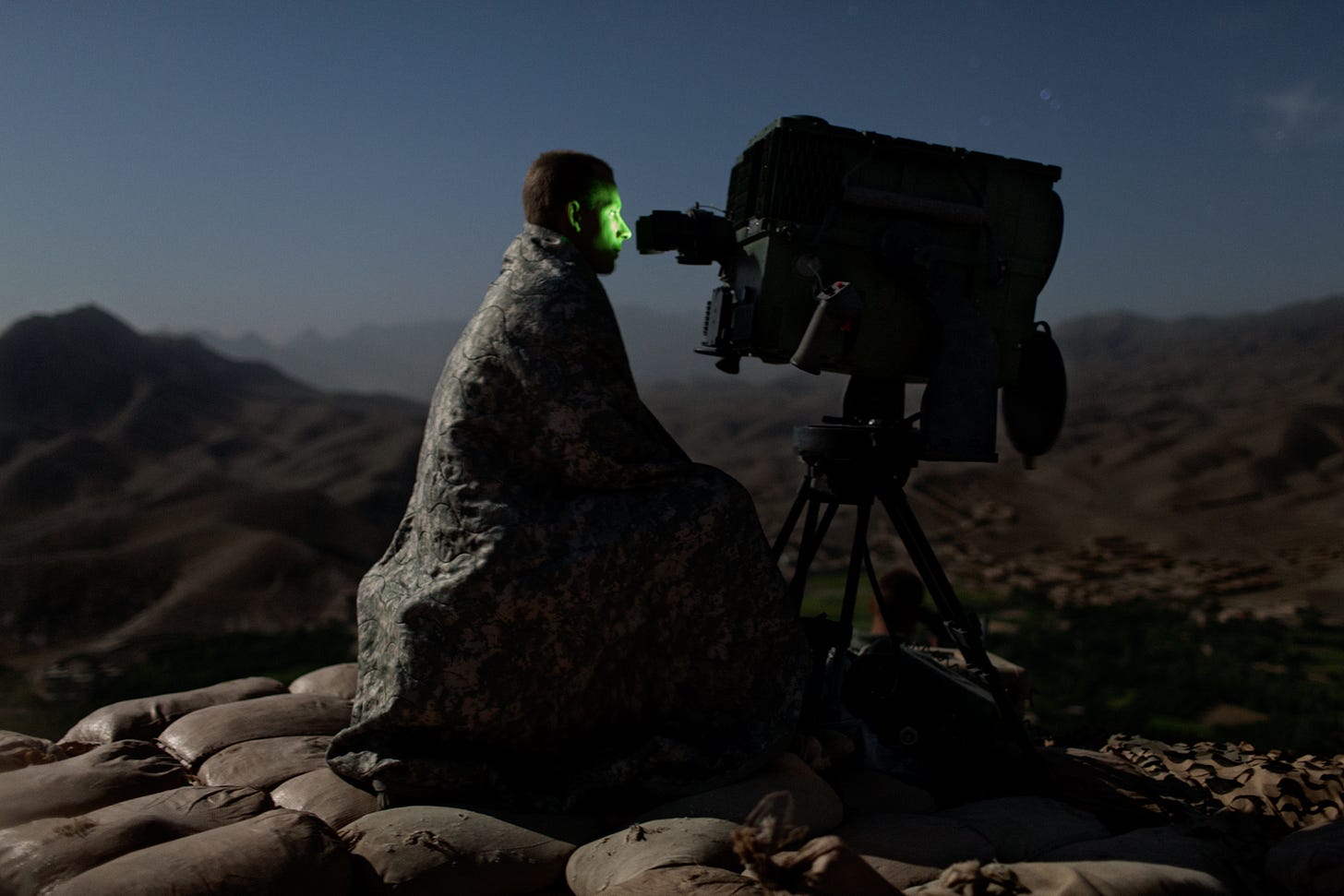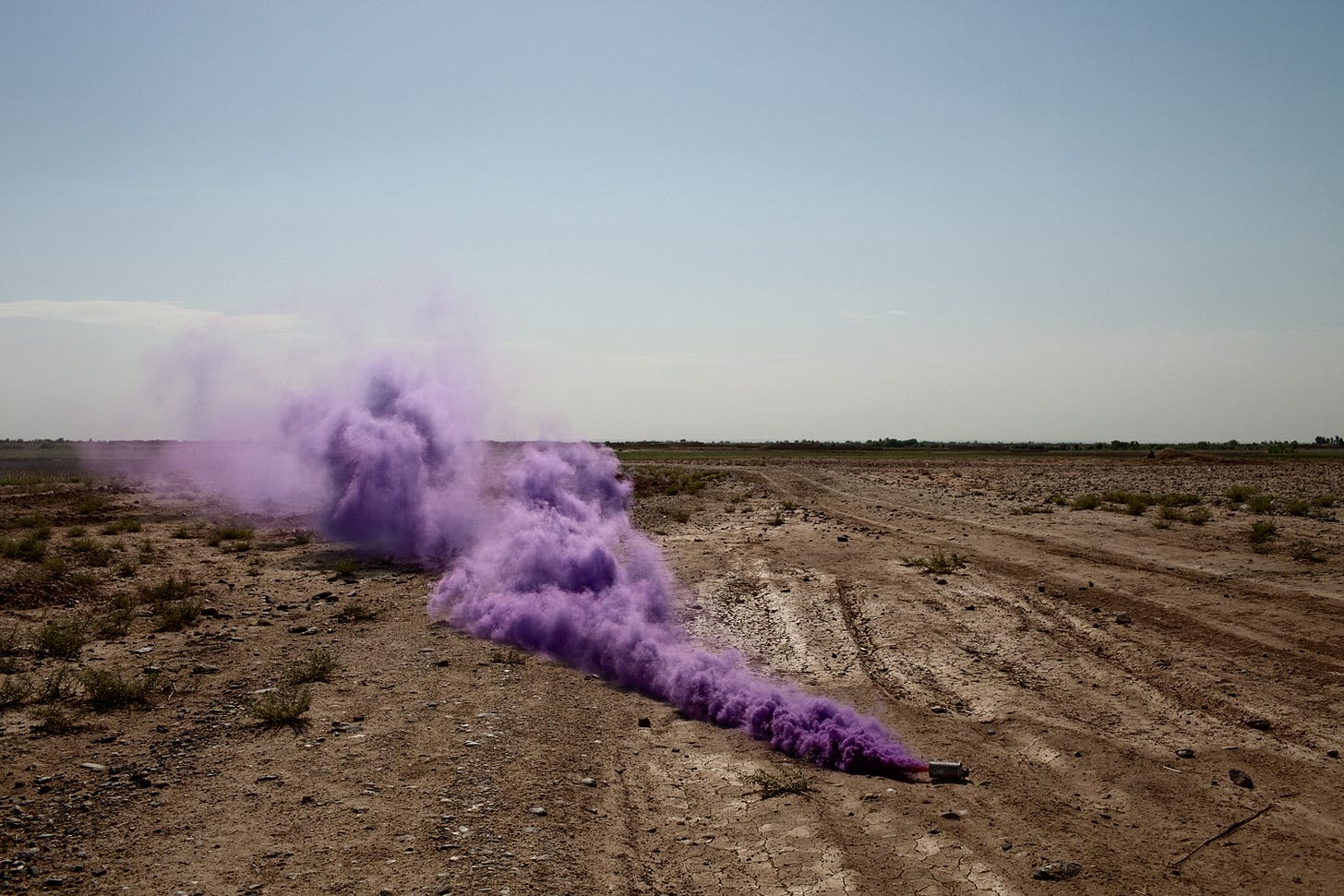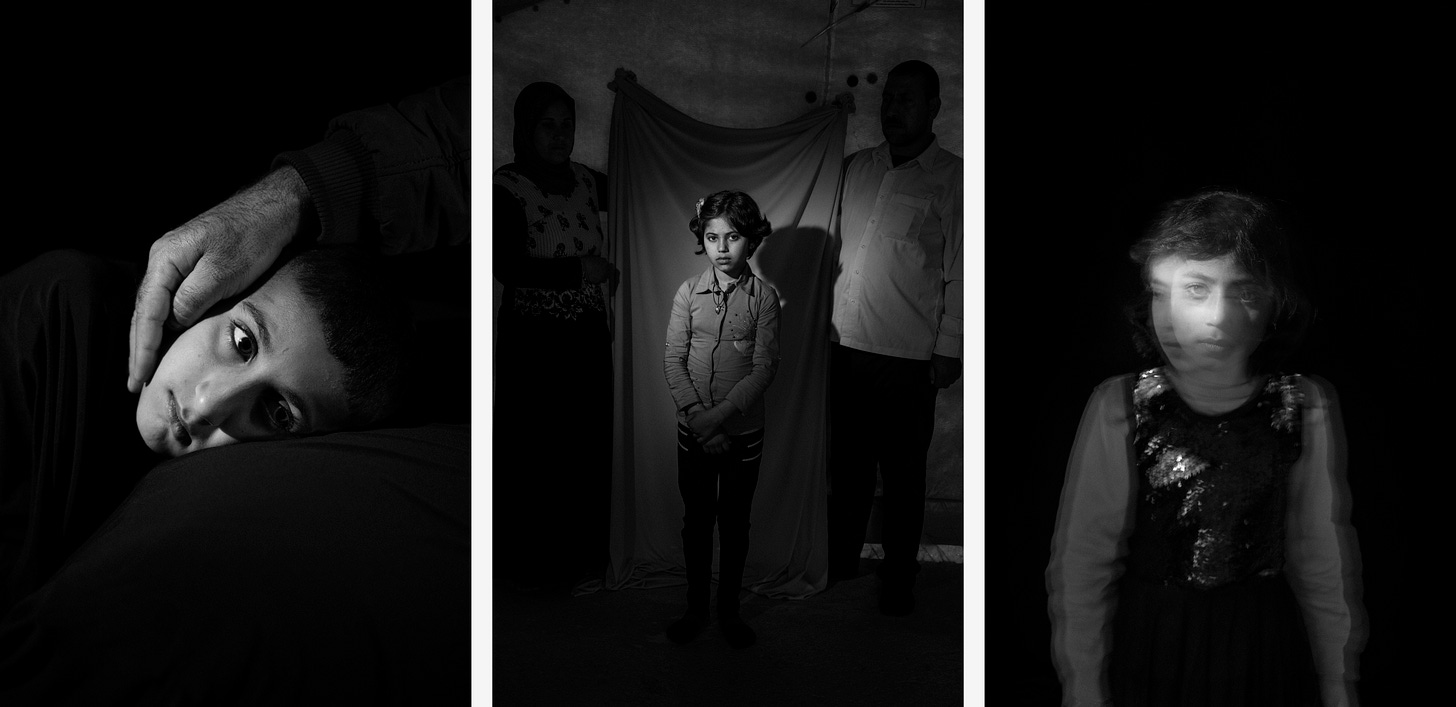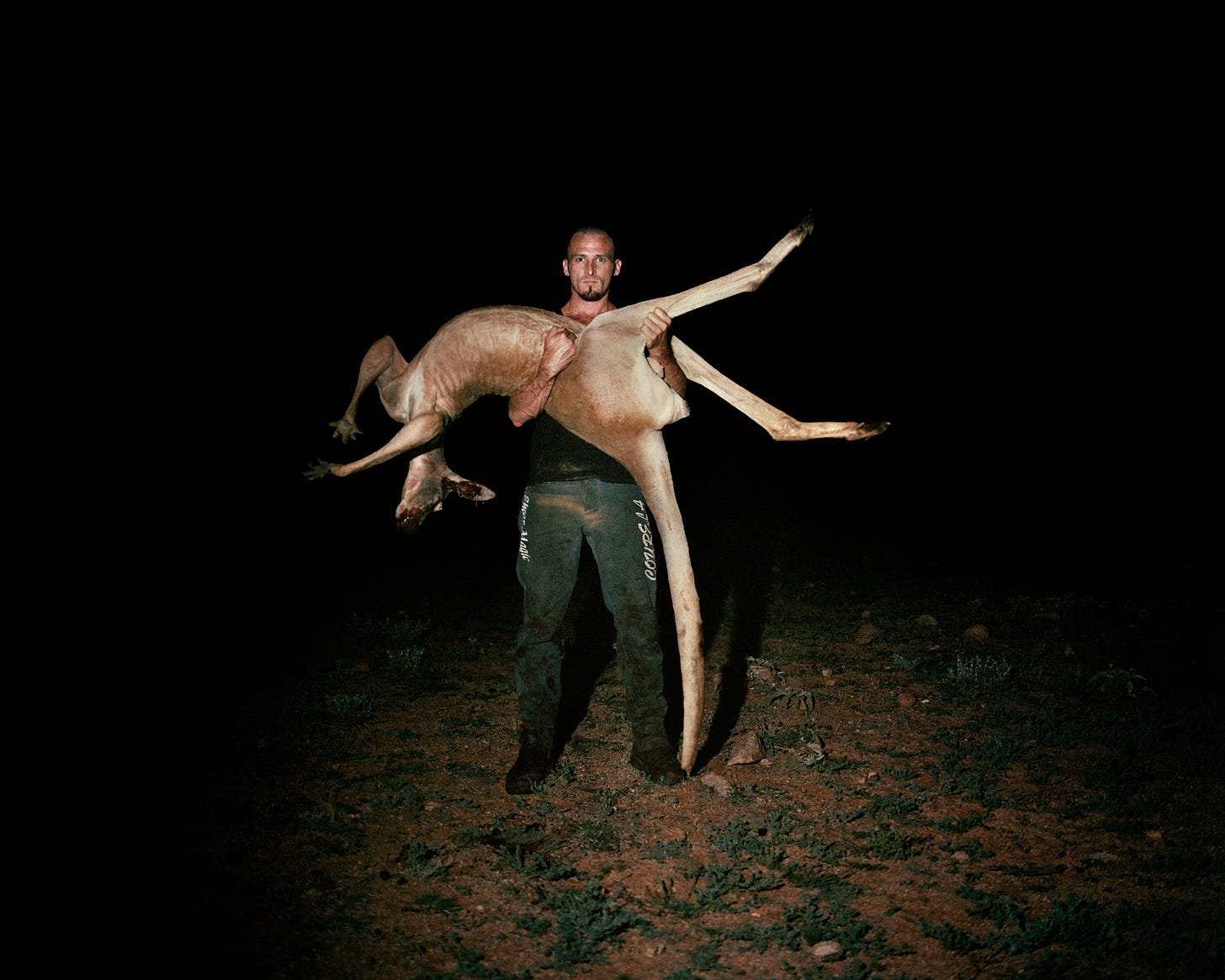This is my personal space to discuss photography.
Since my early twenties, I’ve been a photographer traveling on assignment, often to areas of conflict and unrest, coming home and trying to live in peace, keeping up with a rapidly changing media and photographic landscape, and most importantly, telling stories.
There has been little time for reflection since I started on this path—now I will attempt to unpack it. In this twice-weekly project, I will explain my conceptual and technical processes, journal about assignments, struggle with my medium, give a platform to the voices of other photographers, and have an honest conversation about photography.

My newsletters will be about the technical and conceptual choices I make, but more importantly, they will start a conversation about art, the human experience, and how we understand each other. I’ll be as honest as I can here and demystify my practice so it’s accessible to photographers with less experience or opportunities. I am also continually learning, so this newsletter will be an evolution of my work rather than a definitive manifesto. My mistakes tend to be my best teachers.

We live in a world where photography is the most consumed language we have as a global society. Over 3 billion images are posted on social media each day, and that number continues to grow. In the span of a few decades, everyone has become a photographer, but the power of photography is still largely misunderstood. Photography can be a mysterious medium, and the making of a successful image is still a coveted process. The act of making a photograph can also be exploitive and colonial. The role of photographic authorship and narratives are being reframed as we go through societal change. Photography is also increasingly used to track and surveil us as humans. All of this has consequences for us culturally, and while these issues are often discussed at an academic level, I think they should be broken down and chatted about in more practical terms.

I entered the world of photography over two decades ago, first as an art student, then as a photo agency intern and photographers’ assistant. Afterward, I rolled up my sleeves and went out on my own. As a student, I looked at the covers of legacy media magazines and dreamed of being published on one. I eventually fulfilled that dream, but while I did, the industry changed immensely. Media outlets now struggle with funding. The proliferation of digital photography has made everyone a photographer, and there’s been an overdue diversification of voices in storytelling.
Most of these changes are positive, and I don’t want to sit on the sidelines through these transitions. This newsletter will draw back the curtain on my practice and offer what I have learned from years of working for legacy media to younger artists and new voices entering photography. Whatever secret sauce I have, I’ll share it. But I won’t just share my success, I’ll also share my struggles.

I care deeply about photography. I was young and unable to reconcile my place in the world when I found it, but the act of making a photograph put me at ease—it gave me a way to speak, an excuse to be in the room. I never looked back or considered doing anything else with my life; photography has given me so much, perhaps even saved me. I’m eternally fascinated by what happens between the person behind the camera and the person in front of the camera—the exchange, the authorship, the transformation. How a photograph is born.
By subscribing, you’ll receive my primary newsletter once a week. The majority of my content will be free, but paid subscribers will receive an additional newsletter, one-off blog posts, and access to a discussion forum where I will answer questions and engage with the community here.
If you can’t afford a subscription, please email me and I’ll sign you up, no questions asked. If you can afford to subscribe, your contribution will help share my knowledge with photographers, artists, and storytellers who might need it.
I began my photography career as a student at the Queensland College of Art in Australia in the early 2000s. Like most art students, I graduated broke, so I crewed yachts as a deckhand in the Caribbean and the Mediterranean to fund the launch of my photography career. In 2008, I flew to New Delhi on a one-way ticket and spent the next eight years based in Asia.
I first gained wide recognition for my work in 2009 when I began to cover the U.S.-led war in Afghanistan, working as a photojournalist contributing to The New York Times, TIME, and National Geographic. Since then, my work has focused mainly on civilians caught amidst geopolitical forces. In recent years, my work has concentrated on climate change.
I have been the recipient of multiple awards from World Press Photo, Pictures of the Year International, American Photography, Photo District News, The Overseas Press Club of America, Sony World Photography Awards, Columbia University, and the National Portrait Gallery of Australia, among others.
When I’m not traveling, I live in New York. I am at work on two monographs: a visual diary of my time covering the post-9/11 War on Terror, and an exploration of Australia’s sparsely populated interior and its colonial legacy.
Tell someone about this newsletter by sharing it on Twitter or forwarding this email or link to a friend. Unpaid or paid, it’s expanding the readership that matters.
You can follow me on Instagram here, and on Twitter here.
If you have thoughts, concerns, or ideas for future newsletters, please respond to this email, or find me at mail@adamfergusonstudio.com


